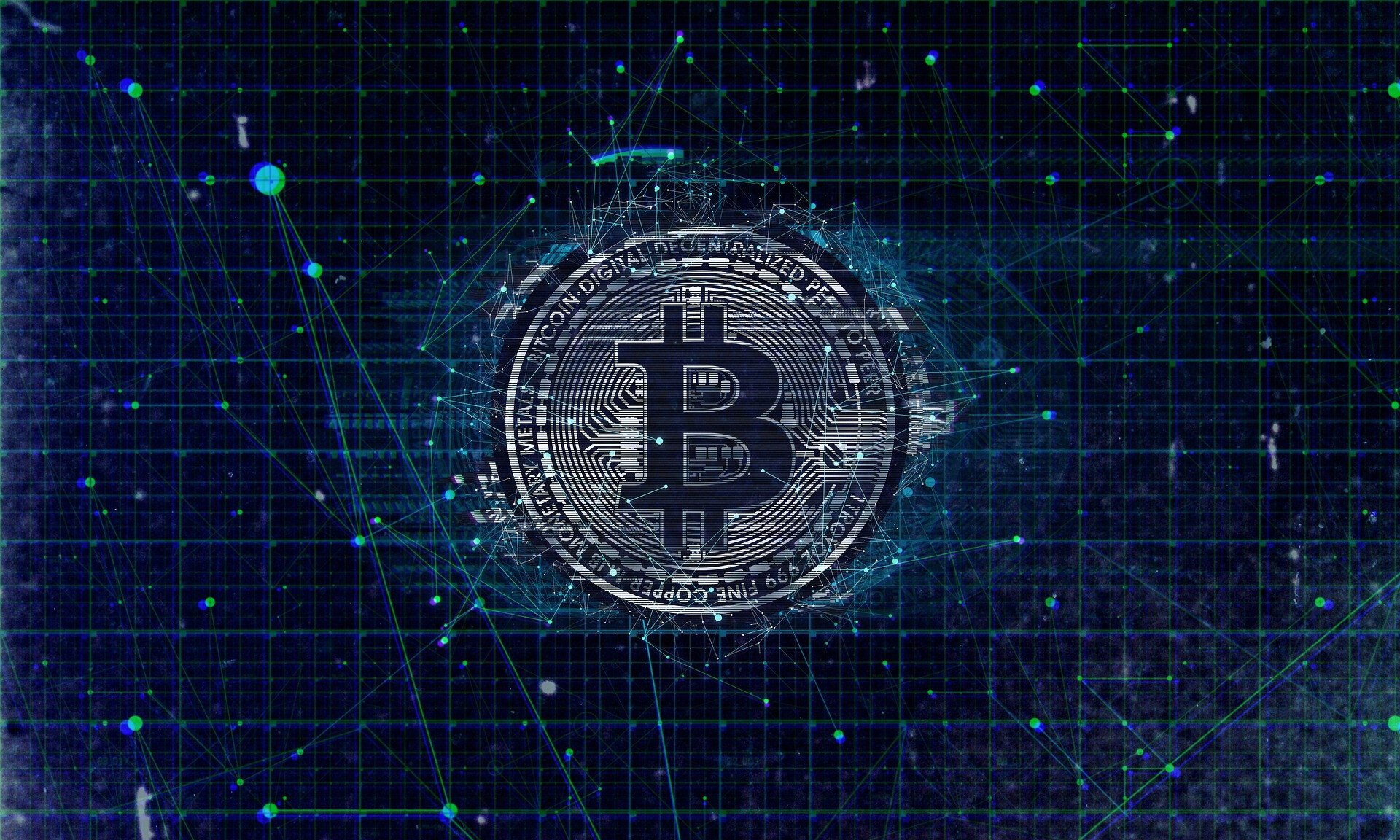Bitcoin Sidechain Liquid Comes Back To Life Amid Ordinals Frenzy
Last updated: December 12, 2023 21:43 EST
. 2 min read


High network congestion on Bitcoin has prompted the revival of an old, nearly forgotten scaling solution that makes BTC transactions fast, private, and cheap.
According to data from mempool.space, the Liquid Network has experienced some of its highest transaction volumes in years over the past week, with roughly 2 to 6 transactions appearing in almost every block.
While that may not seem like much, the typical Liquid block has been utterly devoid of transactions for years. In fact, the new activity is enough to have garnered attention from executives and founders of Blockstream – the Bitcoin technology provider that kickstarted the network back in October 2018.
“Ordinals are boosting Liquid adoption,” said Samson Mow, Jan 3 CEO and former Blockstream CTO, in an X post on Monday.
Blockstream CEO Adam Back responded by calling the phenomenon “act IV” of high fees driving innovation and adoption of alternative BTC technologies.
“Keeps happening in waves over the years,” said Back. “You can lead a #bitcoin horse to water but will only drink when the mempool is on fire and starts singeing its tail.”
As a federated Bitcoin “sidechain”, the Liquid Network uses Liquid Bitcoin (LBTC) as its core asset for paying transaction fees – a derivative token backed 1:1 by actual BTC. The peg and blockchain itself are maintained by a geographically distributed set of member institutions called “functionaries,” making the likelihood of network failure extremely low.
Why Liquid Is Making A Comeback
According to Back, rising activity appears related to Boltz, a non-custodial Bitcoin exchange that lets users directly redeem BTC on the lightning network for LBTC, and vice versa. While the lightning network is an alternative scaling solution for speedy payments, high base-layer fees can make it impractical to use for regular, small payments.
Bitcoin for Fairness founder Anita Posch said last week that she would begin recommending Bitcoin users in developing countries to use Boltz in high fee environments, and providing user education on how to use Liquid.
Francis Pouliot, CEO of Canadian non-custodial exchange Bull Bitcoin, has also reported a sharp increase in user interest for LBTC at this exchange.
Bull Bitcoin has had Liquid Network L-BTC integrated with confidential transactions for buying and selling Bitcoin since 2019. We’re now seeing a sharp resurgence of interest by users, as well as by other Bitcoin projects.
Currently writing my thoughts on L-BTC <> Lightning.
— FRANCIS ☣️ BULLBITCOIN.COM (@francispouliot_) December 11, 2023
Bitcoin has experienced multiple fee spikes this year in response to Ordinals, a new protocol letting users mint NFTs and tokens on Bitcoin.
The new capability is causing additional blockchain bloat which some protestors are labelling as spam.
OCEAN – the new Bitcoin mining pool funded by Jack Dorsey – has opted to filter Ordinals transactions from the Bitcoin blocks it mines.




